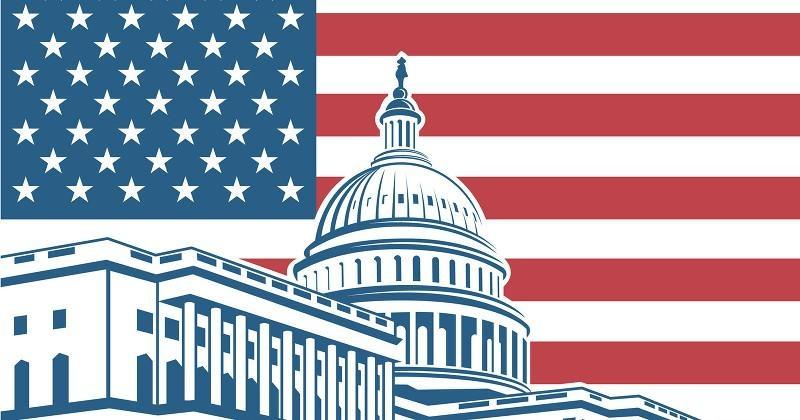
Weather metaphors are often used (and overused) in election analysis, but there’s a better way to describe the Republicans’ challenge in 2018. The GOP is dealing with many headaches as it tries to preserve the Republican congressional majorities.
From tension to cluster to migraine, they can vary in frequency and severity. And Republicans’ ability to alleviate them will determine control of the House and Senate in the 116th Congress.
Whether it’s a presidential pain in the neck, the large number of open seats, stellar Democratic fundraising, unprepared incumbents or turnout, the pressures are numerous.
That’s in addition to lingering misery from the unexpectedly competitive special elections and the weight of poor historical midterm results for the president’s party.
The president
Topping the list is President Donald Trump.
“The headache is Trump,” said GOP Rep. Ryan Costello of Pennsylvania. “Every week he reminds voters why they don’t like him.”
Typically, midterm elections are a referendum on the president’s party. When voters are dissatisfied with the president’s job performance, they can’t vote against the president because he is not on the ballot. So they take out their frustrations on candidates of the president’s party.
“The more he does, the more difficult it becomes for some crossover voters to stick with you,” Costello explained. “For some, their vote is predicated on being against Trump — whether on style or policy.”
Trump’s job approval rating stood at 43 percent with less than a month to go before the elections, according to the RealClearPolitics average through Oct. 13. President Barack Obama’s approval rating was 45 percent a month out from the 2010 midterm elections, in which Democrats lost 63 House seats.
GOP incumbents representing suburban districts are most likely to feel the pain of Trump’s polarizing presidency. Reps. Mike Coffman of Colorado, Barbara Comstock of Virginia, Erik Paulsen of Minnesota and Peter Roskam of Illinois are in particular trouble.
But discomfort with the president doesn’t emanate equally across the aisle. Republicans don’t mind, and even welcome, Trump visits to the 10 states he won in 2016 where Democratic senators are running for re-election.
If Republicans can defeat at least one, it significantly improves their chances of holding the majority in that chamber.
But Trump’s rallies are often late to come together on these visits. And when he takes the stage, candidates and operatives can never predict what issues he’ll bring up that could shift the spotlight away from his endorsement.
For example, Trump’s rally last year for Alabama Republican Luther Strange was overshadowed by the president’s remarks about the NFL and the national anthem, and Strange ended up losing that primary to controversial former state Supreme Court Chief Justice Roy Moore, who had twice been removed from office.
“It’s not the Bush World, where you knew what was going to happen 90 days out,” said one veteran GOP strategist about political life...

